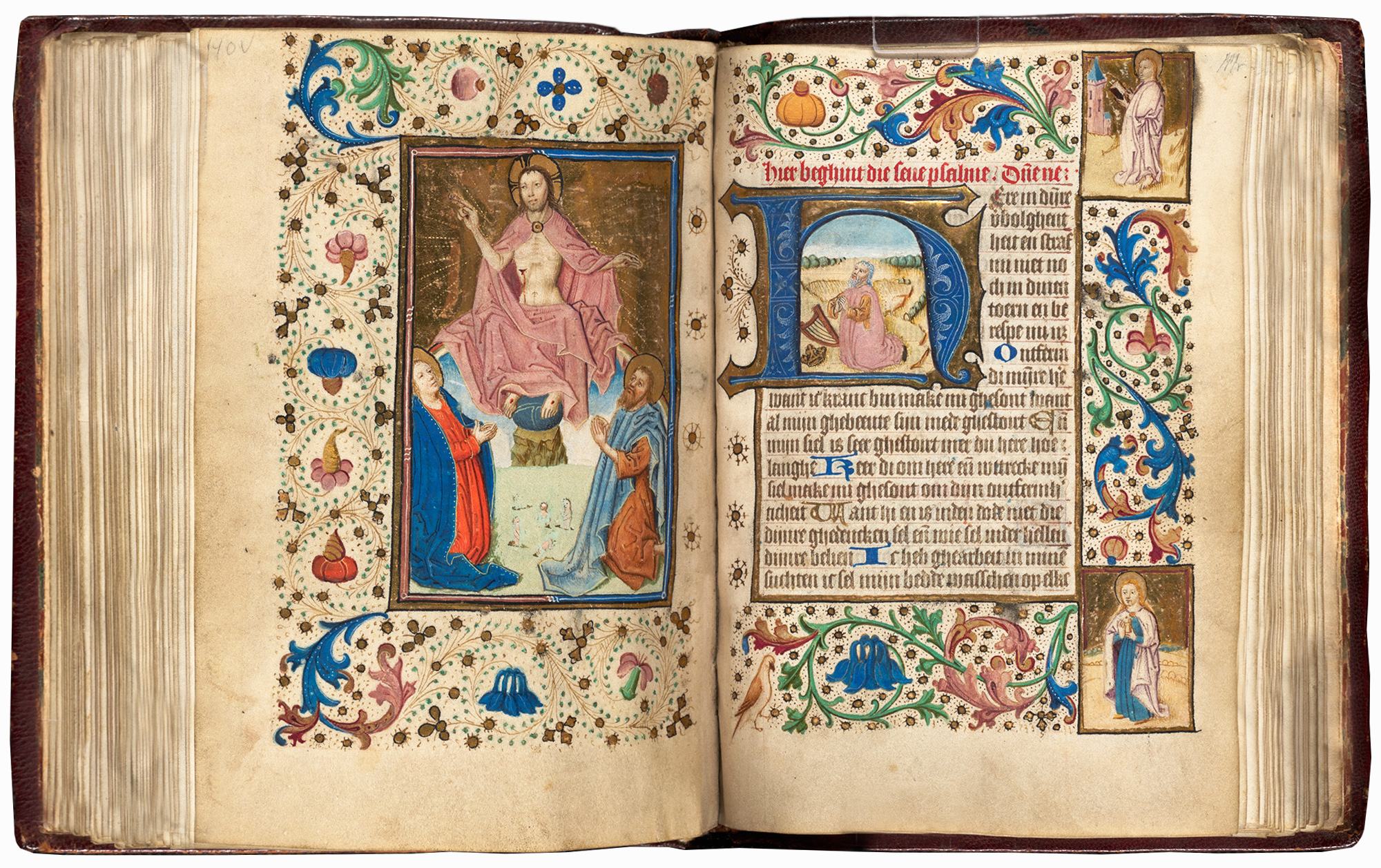 , opens a new window
, opens a new windowThe book of hours is a collection of Christian devotional, opens a new window texts that was widely popular during the late Middle Ages and Renaissance. Books of hours were intended to help devout laypersons connect with one of the central obligations of monastic life: the ritualized cycle of daily worship known as the Divine Office, opens a new window, or Liturgy of the Hours. Books of hours provided a simplified set of texts and prayers that allowed readers -- who were usually neither priests nor monks -- to incorporate aspects of church ritual into their own lives; they facilitated quiet prayer and encouraged private reflection, often through the interplay of text with evocative images, as in the example at the top of this page.
 , opens a new window
, opens a new windowThough books of hours served a spiritual purpose, they were produced commercially and were generally quite expensive. But among those who could afford to pay, books of hours became essential -- even fashionable -- aids to private prayer and were produced in vast numbers between the 13th and 16th centuries.
Some degree of the book of hours' popularity must have been due to the fact that its contents were highly customizable. The language, imagery, script, and even the contents of books of hours were all, to at least some degree, variable. Copies could be tailored to suit the devotional needs of specific groups of people, or they could be made to please particular individuals. The style and overall quality of decoration might reflect personal preference, local tradition, or simply what a particular buyer could afford to either commission or purchase ready-made. Many books of hours are thus unadorned and modest, while others are conspicuous in their luxury, with the finest examples preserving masterpieces of medieval painting and illumination.
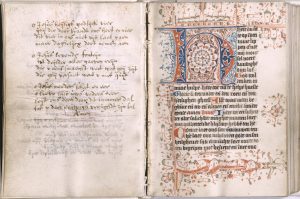 , opens a new window
, opens a new windowOther differences between books of hours arose from the need to accommodate the diversity of regional worship. Within the medieval church, certain aspects of the liturgy were determined, to at least some degree, by local custom, and individual books of hours were made to reflect these variations. Thus, a book of hours intended for the "use" of Rome will differ from a book of hours made for the use of Paris, or Utrecht, or Sarum (Salisbury). These differences might be reflected in the order and wording of certain prayers or the veneration of local saints or religious events.
Entire cycles of prayer could also be added or excluded based on personal preference, as could a variety of additional texts. These customizations can provide further clues about the origin of specific books of hours and their earliest owners.
Precisely because these books were so frequently personalized, they offer modern readers a kind of window into the varied lives and pious practices of medieval laypersons; as frequent objects of conspicuous consumption sought out by the elite across much of Europe, surviving books of hours also preserve a detailed survey of medieval art and scribal practice.
Further reading:
Picturing Prayer: Books of Hours at the Houghton Library., opens a new window An excellent introduction, with helpful examples of the various individual texts found in most books of hours.
The Book of Hours: a Medieval Bestseller., opens a new window An introductory essay, with examples from the collections at the Met.
Book of Hours: Basic and Advanced Tutorials. , opens a new windowDetailed essays on the history and contents of books of hours from Les Enluminures.
Medieval Books of Hours at the Public Library of Bruges. An informative video that explores the typical contents the book of hours and the ways that readers interacted with them.
Finding books of hours at the BPL
There are 33 books of hours in the BPL's collection of medieval and early renaissance manuscripts, opens a new window. 21 of these are bound and are more or less complete. The remaining 12 are fragments only -- mostly single leaves or small sections of books. BPL's manuscript books of hours date from the early 14th century through the end of the 15th century, and were created in Italy, Germany, France, Belgium, the Netherlands, Spain, and England.
 , opens a new window
, opens a new windowWhile catalog records for all of the BPL's manuscript books of hours can be retrieved through either of the online catalogs, opens a new window, the most immediate way to find records for all of the complete (i.e., non-fragmentary) examples in the collection is to use the following search string, under "advanced search" in the research catalog, opens a new window:
- title: "Medieval and Early Renaissance Manuscripts"
- AND genre: "books of hours"
- NOT subject: "early manuscript fragments"
To search for the fragments only, change "not subject" to "and subject." To see a list of both the fragments and complete copies at the same time, delete the subject limiter from the search altogether. Please note, the same strategy will work for other kinds of manuscripts in the collection, including breviaries, missals, antiphonaries, graduals, etc.
 , opens a new window
, opens a new windowAlthough the BPL's books of hours have not yet been digitized, study images of each individual manuscript are available on request, opens a new window. Study images document bindings, decoration, and scripts, along with pertinent marks of provenance and many other localizing features, including litanies and calendars.
Below is a gallery of sample images showing decorative elements and highlights from the BPL's collections. Click on each thumbnail image to enlarge; right-click on the enlarged image and open it in a new tab to see a full-sized version. Full descriptions for each of the books shown below can be found by doing an "any field"/keyword search for its call number in the research catalog, opens a new window.
MS q Med. 124. Book of hours, use of Sarum. England, ca. 1330-1338
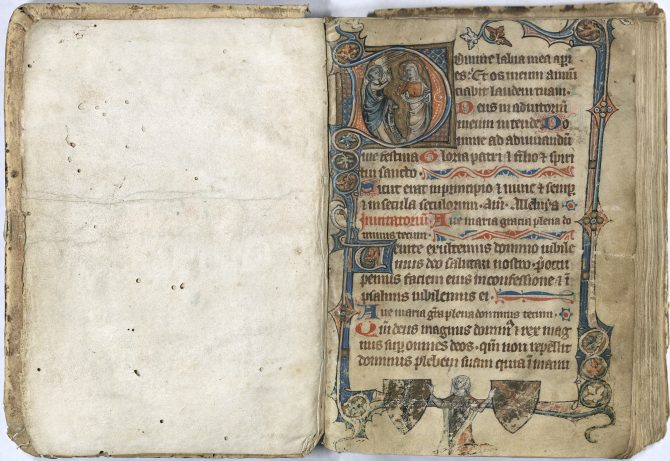 , opens a new window
, opens a new windowMS q Med. 88. Book of hours, use of Rome. Belgium, late 15th century
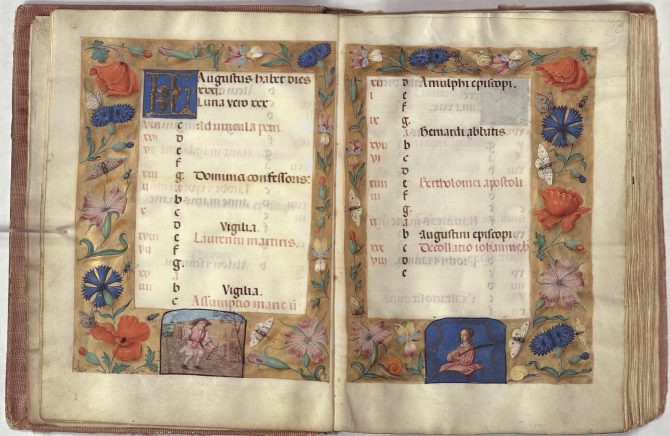 , opens a new window
, opens a new windowMS q Med. 81. Book of hours, use of Rennes (the Québriac hours). Rennes, ca. 1430
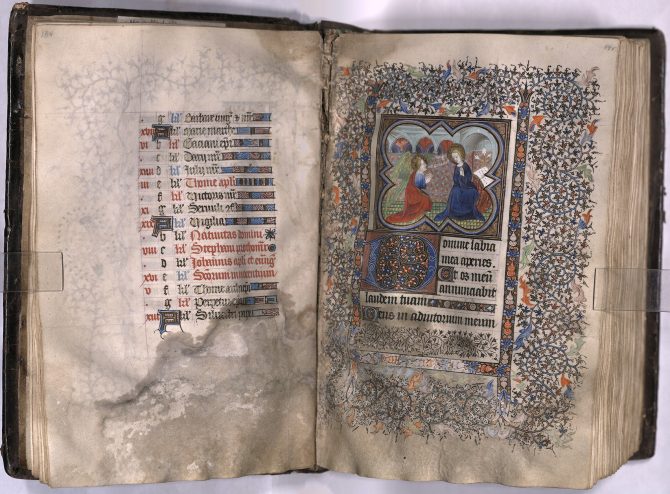 , opens a new window
, opens a new windowMS q Med. 131. Book of hours: Office of the Passion and Office of the dead. Italy, ca. 1320-1330
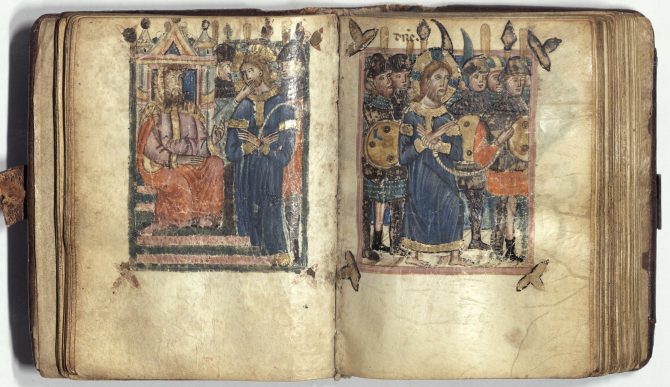 , opens a new window
, opens a new windowMS q Med. 159. Book of hours in Flemish. Flanders, mid-15th century
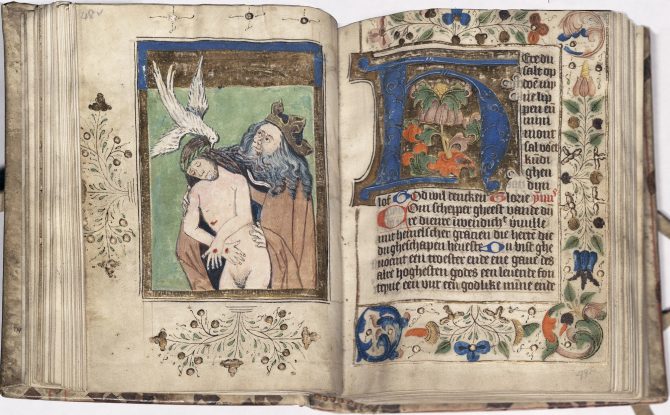 , opens a new window
, opens a new windowMS q Med. 136. Book of hours, use of Rome. Italy, late 15th century
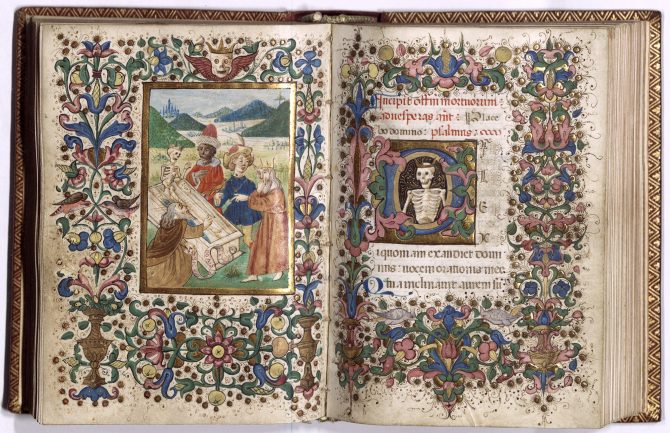 , opens a new window
, opens a new windowMS q Med. 137. Book of hours, use of Rome. Ghent? ca. 1470.
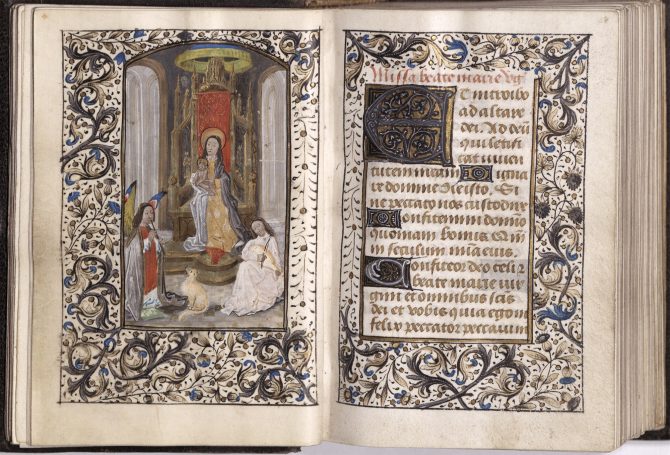 , opens a new window
, opens a new windowMS q Med. 242. Book of hours in German. Germany or Austria, late 15th century.
 , opens a new window
, opens a new windowMS q Med. 200. Book of hours, use of Rome. Carpi, Italy, 1498.
 , opens a new window
, opens a new windowMS q Med. 90. Book of hours, in Latin and French. France, 1425-1430.
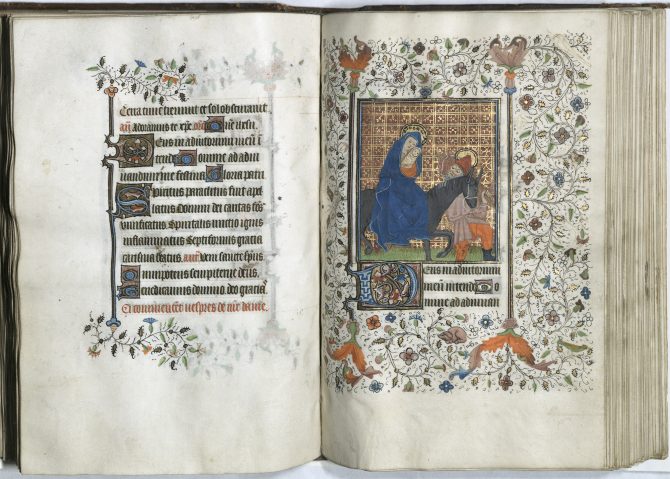 , opens a new window
, opens a new windowMS q Med. 89. Book of hours, use of Poitiers, in latin and French. France, 1425-1450.

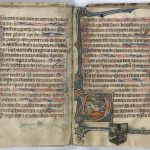
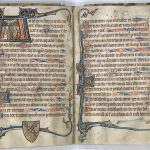

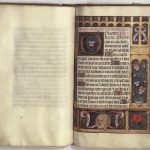
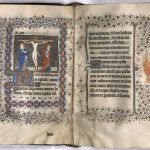


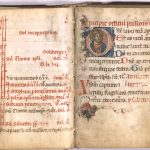
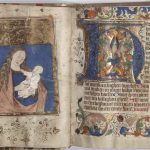

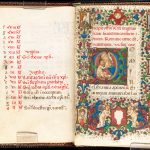



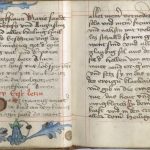



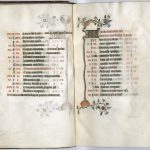


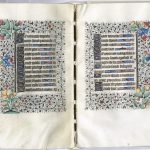
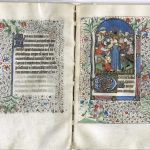

Add a comment to: Medieval Manuscript Highlights: Books of Hours at the BPL